Embarking on the journey into retirement living is like sitting around a table filled with plates of all kinds of delicious foods and fruits and then you are allowed to only eat from one of them. Now you are confused because you are open to many possibilities. In general, most of the senior communities offer a unique blend of independence and support. Let’s explore the essentials of independent living, providing insights, statistics, and practical tips to help you navigate this exciting chapter with confidence.
Understanding Independent Living:
Independent living is considered a gateway to freedom. The caregivers there know that seniors blossom better in freedom. Moreover, independent living emerges as an excellent option that encompasses residential communities designed for active, self-sufficient seniors who seek a maintenance-free lifestyle. People are attracted to the independent option most often because they still want to remain active and be helped with only a few things daily.
These communities offer a range of housing options, from apartments and cottages to townhomes and villas, catering to diverse preferences and needs. Residents in independent living facilities enjoy a variety of community amenities and services, including housekeeping, medication management, transportation, recreational activities, and social events, all within a supportive environment that fosters autonomy and well-being.
Statistics on Independent Living:
According to the National Investment Center for Seniors Housing & Care (NIC), there were approximately 2.2 million independent living units in the United States as of 2021. This number is expected to increase steadily as the aging population continues to grow. Additionally, research by the American Association of Retired Persons (AARP) found that 90% of seniors prefer to age in place, with independent living being a preferred option due to its social, recreational, and maintenance-free benefits.
Key Features of Independent Living:
Maintenance-Free Living:
One of the primary benefits of independent living is the freedom from household chores and maintenance tasks. Residents can say goodbye to mowing lawns, washing dishes, shoveling snow, or doing repairs, allowing them to rather focus on productive activities and on enjoying their retirement.
Social and Recreational Activities:
Independent living communities offer a vibrant calendar filled with social activities and events tailored to residents’ interests and preferences. The activities are specifically organized to activate the bodies and stimulate the minds of the seniors. From fitness classes and hobby sessions to cultural outings and game nights, there’s always something exciting happening around the corner to foster camaraderie.
Healthcare and Wellness Services:
While independent living communities do not typically provide medical care, many offer healthcare programs, fitness centers, and access to medical resources to support residents’ overall well-being.
Safety and Security
Both safety and security are like two sides of the same coin. These are overlapping terms and mean almost the same thing. Safety refers to the condition of being protected from harm or risk. Security, on the other hand, is a state of being free from danger, harm, loss, or unauthorized access.
Independent living communities prioritize the safety and security of residents, with features such as guarded gates, security patrols, and emergency response systems. This provides peace of mind for residents and their families, knowing that help is always just a call away in case of emergencies.
Financial Considerations:
Understanding the costs associated with independent living is crucial. It includes monthly rent or fees, additional services, and potential future healthcare needs. It is essential for informed decision-making and financial readiness.
Preparing for the Transition:
Transitioning to independent living involves thoughtful preparation and planning. From researching communities and visiting potential residences to downsizing and moving, preparing for the transition requires attention to detail and proactive decision-making.
Independent living offers the perfect blend of dependence and independence. Independent living offers seniors a vibrant, maintenance-free, but personalized lifestyle filled with opportunities for social engagement, healthcare, and peace of mind. With the right information, resources, and planning, transitioning to independent living can be a fulfilling experience. Whether you’re considering independent living for yourself or a loved one, knowing what to expect and how to prepare is key to embracing this exciting chapter of residential independence.


